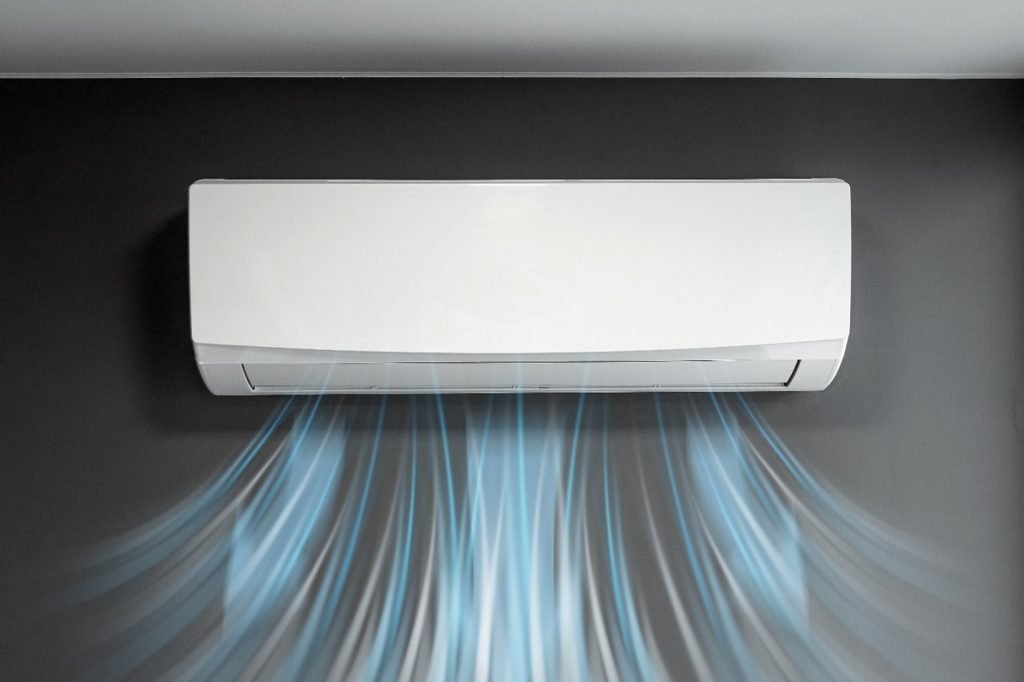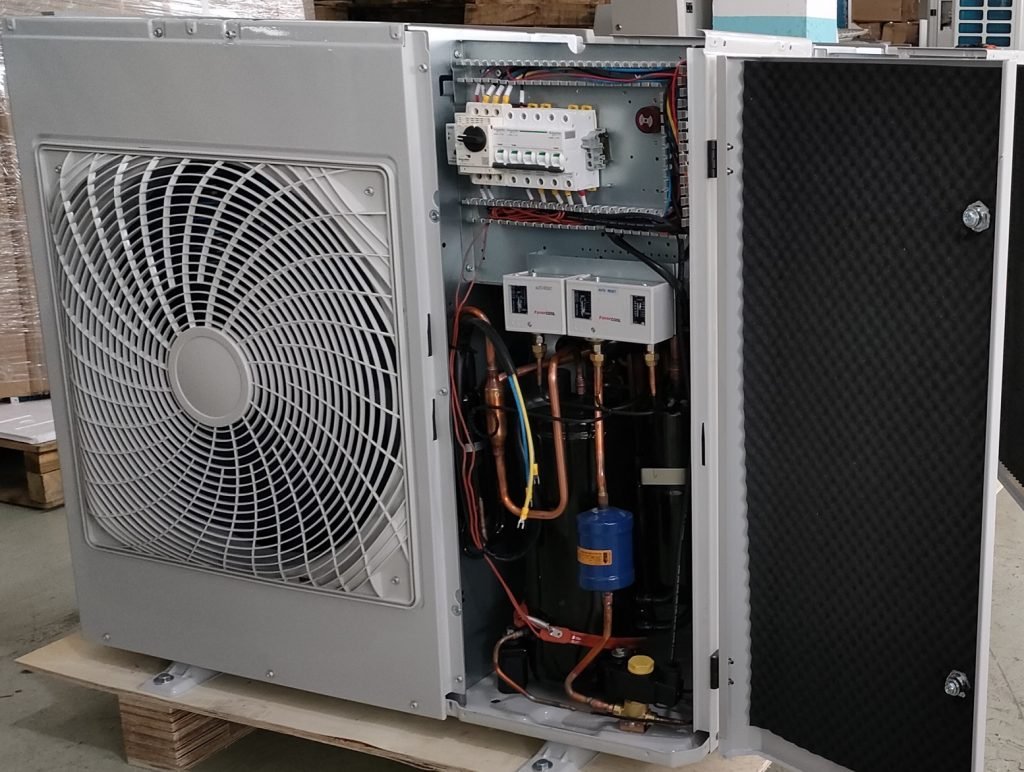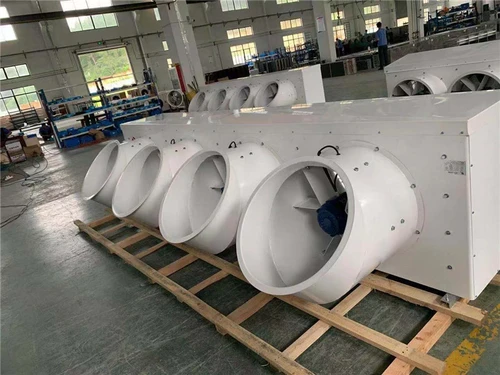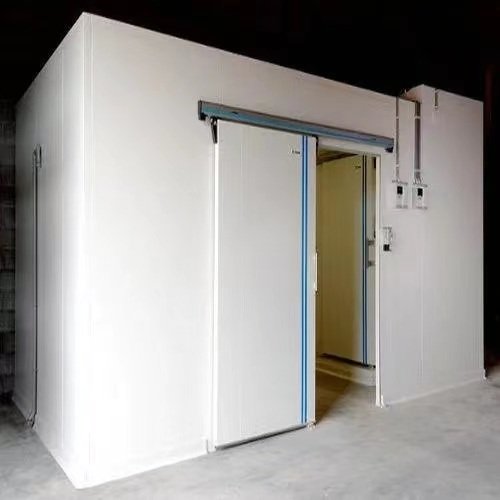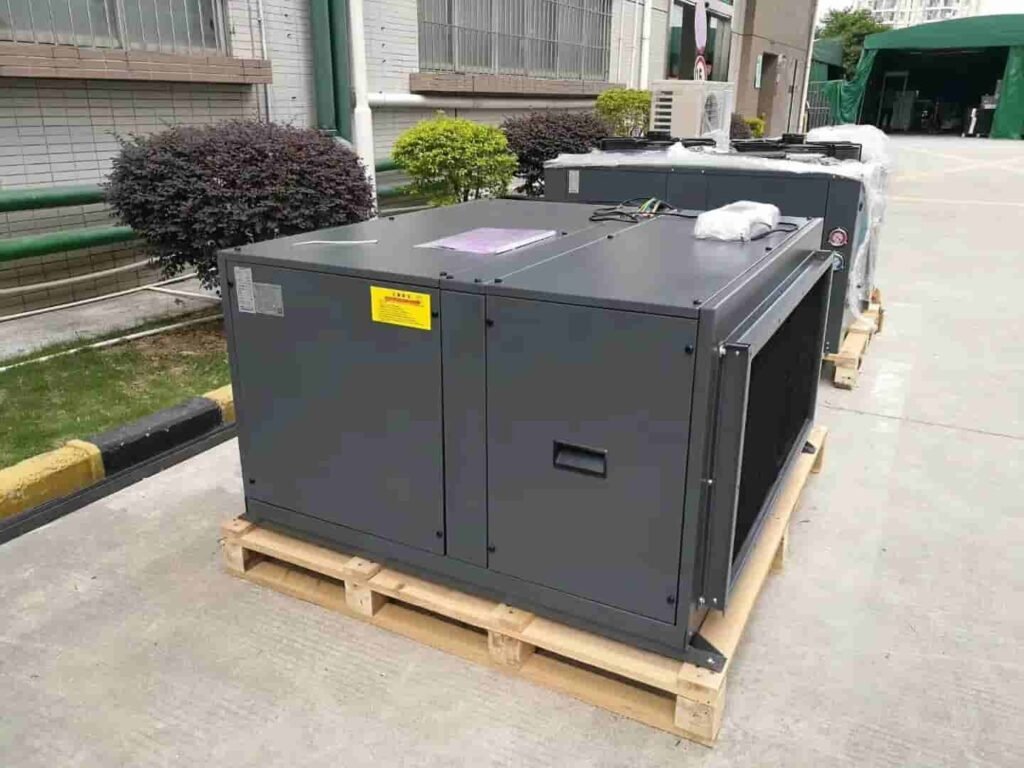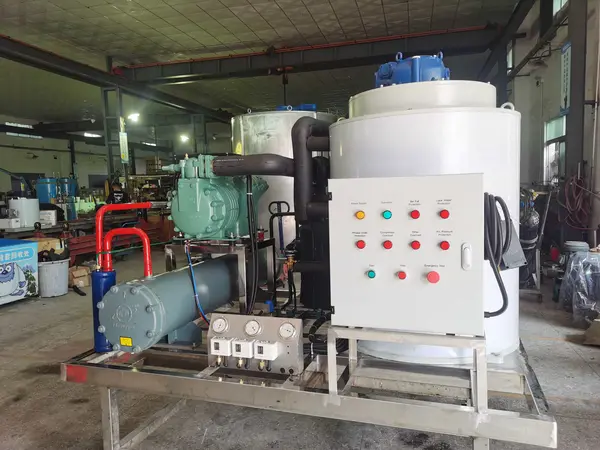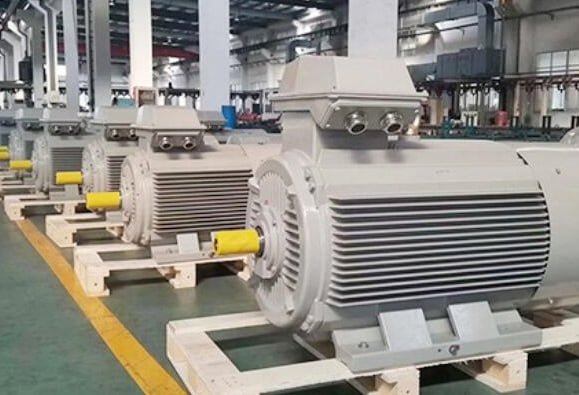コールドルームは、商品の長期的な保存を確保するための重要なデバイスです, そして、その内部環境を管理することは重要です.
しかし, 商品がカビが生えているという問題 寒い部屋 多くの場合、オペレーターに問題があります, 製品の質を損ない、経済的損失を引き起こします. この課題に対処するため, カビの成長の原因を徹底的に理解し、標的を絞った予防措置を実装して、ソースから安全で効率的な保管を確保することが不可欠です.
カビの成長の原因
高湿度
湿度は、寒い部屋のカビの成長に影響を与える重要な要因の1つです. 湿度が超えるとき 75%, 水蒸気または凝縮は商品に形成される傾向があります’ 水面, カビのための理想的な環境を作成します. 高湿度の特定の原因には含まれます:
1. 寒い部屋の悪い封印
リークイン ドア, 壁, または他の接続により、外部から湿った空気が可能になります 寒い部屋 入力する, 内湿度を上げる.
2. 除湿機の誤動作
いくつかの冷たい部屋にあります 除湿機, しかし、これらのデバイスが維持されていないか、非効率的である場合, 湿度を効果的に制御することはできません.
3. 高湿度商品の直接入力
水分含有量が多い商品, 事前に冷却されていないとき, 寒い部屋の中で水蒸気を放出します, 湿度レベルを上げる.
不適切な温度制御
カビは5°C〜30°Cで急速に成長します. 不適切な温度制御 寒い部屋 カビの増殖に理想的な条件を作成します.
1. 過度の温度
低く維持できない 気温, 特に、カビの成長に最適な範囲内, カビの増殖を加速します.
2. 温度の変動
温度の頻繁な変化は、商品の暑さと寒い状態を交互に引き起こします’ 水面, カビの成長を促進する凝縮につながります.
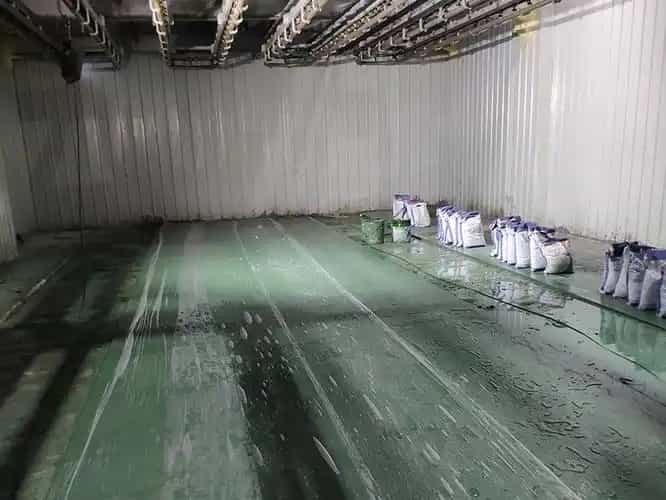
3. 不安定な冷却システム
老化または維持が不十分です 冷却装置 不均一な温度分布をもたらす可能性があります, 局所的な高温を引き起こします.
不十分な換気
適切な換気は、均一な環境条件を維持するために不可欠です 寒い部屋. 換気不足は、湿度と温度の局所的な蓄積につながる可能性があります.
1. 商品の過度に密な積み重ね
しっかりと詰め込まれた商品は、空気の循環を防ぎます, 熱と水分が蓄積する領域を作成します.
2. ファン構成が不十分です
不十分なファンや不適切な配置は、不均一な気流と、カビが繁栄する可能性が高い「デッドゾーン」につながります.
3. 換気の誤り
換気システムの壊れて、空気循環が妨げられます, 湿度の増加を引き起こします 温度.
悪い衛生
商品の衛生はカビの成長の可能性に直接影響します.
1. 商品の表面に金型
一部の腐りやすい商品は、入るときに表面にカビの胞子をすでに運ぶ可能性があります 寒い部屋. 適切な洗浄なし, これらの胞子は増殖します.
2. 汚染された包装材料
木製のパレットや段ボール箱などの材料は、簡単に水分を吸収します, カビの繁殖地になります. 扱われない場合, カビはパッケージから商品に広がる可能性があります.
不十分な洗浄と消毒
寒い部屋が定期的に掃除され、消毒されていない場合, カビの胞子は壁に蓄積する可能性があります, 天井, そして床.
1. 無視されたコーナーと亀裂
カビはしばしば、洗練されていない角や亀裂で成長します, しばしば見落とされています.
2. 効果のない消毒剤の使用
低品質の消毒剤は、カビの胞子を排除できない場合があります, 耐性カビのコロニーが発達するようにします.
不適切なドア操作
の頻繁なまたは長期の開口部 コールドルームのドア 湿気と温かい空気が内部に浸水することを可能にします.
1. 頻繁にドアの使用
入場と出口の高頻度は、内部環境の安定性を破壊する, 温度と湿度の突然の増加を引き起こします.
2. 老化したドアシール
摩耗または損傷したシールにより、外気が継続的に浸透することを可能にします, 湿度の変動の増加と 温度.
コールドルームの誤った構造設計
コールドルームの設計は、その運用上の有効性とカビに対する抵抗に大きな影響を与えます.
1. 湿気吸収断熱
低品質 断熱材 水を簡単に吸収します, 成長を成長させるのに役立つ湿った環境を作成します.
2. 排水の問題
凝縮が迅速に排出されない場合, 床は長期間濡れたままになる場合があります, カビの成長を促進します.
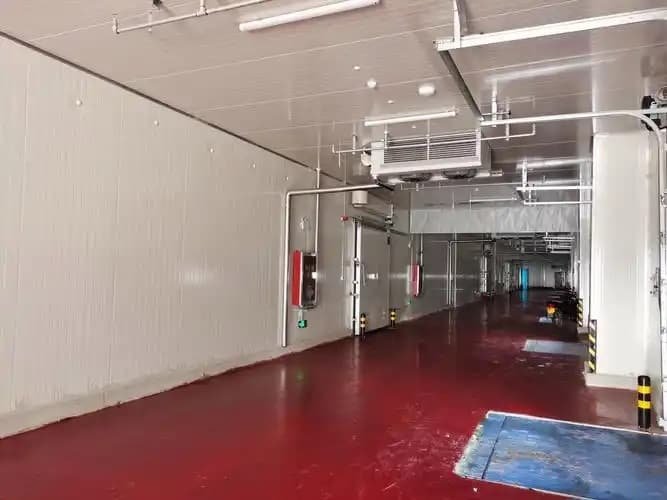
3. カビ耐性の悪い壁材料
カビ耐性のあるものの代わりに標準的な建築材料を使用すると、カビの生えた壁につながる可能性があります, 保存された商品にさらに影響します.
寒い部屋でのカビの予防
湿度を制御します
適切な範囲内で湿度を維持します (60%~75%) カビの成長を防ぐための重要な尺度です 寒い部屋. 具体的なプラクティスには含まれます:
1. 定期的にシールを検査します
確保する ドア, 壁, 寒い部屋の床は適切に密閉されており、湿気の多い空気が入るのを防ぎます. 漏れがある場合は、シーリング材料を迅速に修理または交換します.
2. 効率的な除湿装置を設置します
専門家を使用します 除湿機 またはの空気乾燥システム 寒い部屋, そして、効果的な除湿を確実にするために、彼らの運用状況を定期的にチェックしてください.
3. 保管前の商品を事前に冷却します
水分源を減らすためにそれらを寒い部屋に置く前に、表面と内部の水分を凝縮または蒸発させるための高湿度の高い商品.
4. 湿度レベルを監視します
湿度センサーを取り付けて、リアルタイムで内湿度を監視し、Dを調整しますエフミデーション機器 それに応じて.
温度を安定させます
寒い部屋で安定した温度を維持することは、カビの成長を抑制するために重要です. 効果的な措置には含まれます:
1.冷凍機器の定期的なメンテナンス
検査します 冷凍ユニット, コンデンサー, と 蒸発器, 効率的な動作を確保するために、定期的に凝縮器をきれいにします.
2. 適切な温度範囲を設定します
保管品の特性に従って温度を調整します, 通常、カビの成長を阻害するために-18°C未満に保ちます.
3. 温度の変動を防ぎます
ドアの開口部の頻度を最小限に抑え、エアカーテンまたは迅速な使用 ロールアップドア 荷重と荷降ろし中に、内側と外側の温度差の影響を減らす.
4. ゾーン管理
矛盾するニーズによって引き起こされる全体的な温度の不均衡を回避するために、さまざまな温度要件を持つ商品を別々に商品.
換気を強化します
適切な換気は、湿度と温度の局所的な蓄積を防ぎます. ベストプラクティスには含まれます:
1. 戦略的に商品を配置します
商品と壁や床の間にスペースを残して、自由な空気の流れを可能にします. 空気の循環を容易にするために、断片的なパターンまたはずらしたパターンのスタックアイテム.
2. ファン容量を増やします
のサイズに基づいてファンの数とパワーを調整します 寒い部屋 空気がスペース全体を覆い、「デッドゾーン」を排除することを確認するため。
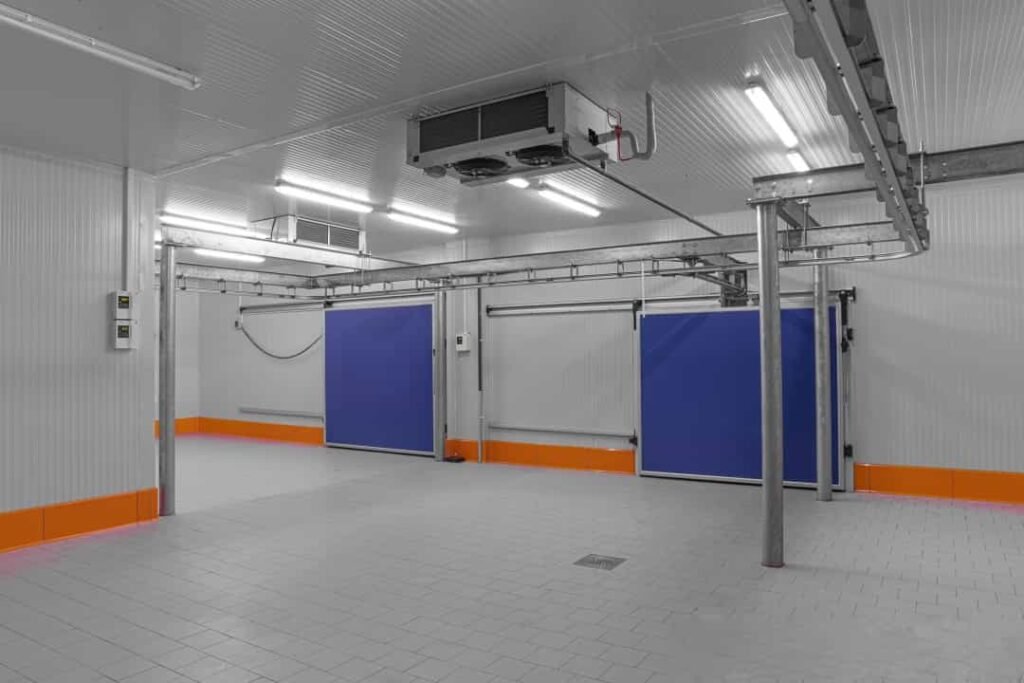
3. 定期的に換気装置をきれいにします
機器の効率を維持するために、ファンや換気ダクトから定期的にほこりや破片を取り除きます.
保管前の商品を事前処理します
寒い部屋に持ち込まれたカビの胞子を減らすことが重要です:
1. 清潔な商品表面
入ってくる商品の表面からカビの胞子と汚れを取り除く, 果物や野菜などの特に腐りやすいアイテム.
2. 包装材料を検査します
木製のパレットや段ボール箱などの水分吸収材料の使用は避けてください. 湿気のないプラスチックパレットまたは複合材料パッケージを選ぶ.
3. 相互汚染を防ぎます
他のアイテムの汚染を防ぐために、カビの影響を受けている商品を隔離または個別に処理する.
定期的なクリーニングと消毒
清潔で消毒された環境を維持します 寒い部屋 カビの予防に不可欠です:
1. クリーニングルーチンを確立します
定期的なクリーニングスケジュールを実装します, 毎月または四半期ごとに包括的なクリーニングを実施します, コーナーのような無視された領域に焦点を当てます, ひび割れ, およびドアフレーム.
2. 高品質の消毒剤を使用します
床をきれいにするために、食物の冷たい部屋に特別な抗真菌消毒剤を塗布する, 壁, と 棚, 徹底的な滅菌を確認してください.
3. 乾燥した処理領域を徹底的に
消毒後, 清掃された領域が完全に乾燥していることを確認して、金型の湿気からのカビの再生を防ぐ.
運用手順を最適化します
適切な運用慣行に従うと、湿度と温度の変動が減少します:
1. ドアの使用を最小限に抑えます
頻繁なドアの開口部を避けるために、1つのセッションでの完全な積み込みとアンロードアクティビティ.
2. ドアオープン時間を短くします
Rapidなどの自動機器を使用してください ロールアップドア また エアカーテン 寒くて湿度の高い空気の交換を最小限に抑えるため.
3.列車職員
積み込みや荷降ろし中に効率的に操作するスタッフを訓練して、不必要なドア開けた時間を最小限に抑える.
コールドルームのデザインを改善します
カビの予防を念頭に置いてコールドルームをデザインするリスクを最小限に抑える:
1. 耐湿性の断熱材を使用してください
のような低耐性吸収材料を選択します ポリウレタンパネル (PUパネル) 断熱層が湿ってカビが生じるのを防ぐため.
2. 排水システムを強化します
床の斜面と排水チャネルをデザインして、凝縮と水の洗浄をすばやく除去する.
3. カビ耐性壁処理を適用します
カビ耐性コーティングまたは内壁に耐湿性フィルムを使用して、カビに対する抵抗を改善する.
4. 効果的な空気循環を設計します
設計段階で気流分布をシミュレートして、持続的な熱と水分の蓄積の領域が存在しないことを確認する.
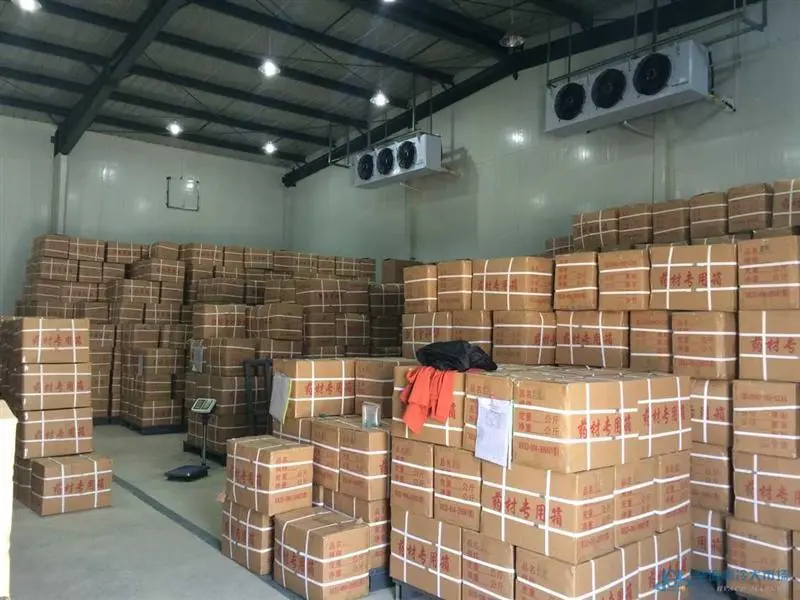
結論
カビの成長の主な原因 寒い部屋 高湿度を含めます, 不適切 温度 コントロール, 換気が不十分です, 商品の衛生が悪い, 不十分な洗浄と消毒, 不適切 ドア 手術, 最適な構造設計.
湿度管理のための効果的な対策を実装することにより, 温度安定化, 換気最適化, 商品の前処理, 定期的なクリーニングと消毒, 運用改善, および構造強化, カビの成長を効果的に防ぐことができます.
これにより、保管品の品質と安全性が保証されます, 損失を減らします, 運用効率と信頼性を向上させます, 最終的には、コールドチェーン業界に大きな価値を提供します.
コメント?
ようこそメッセージを残すか、再投稿してください.



